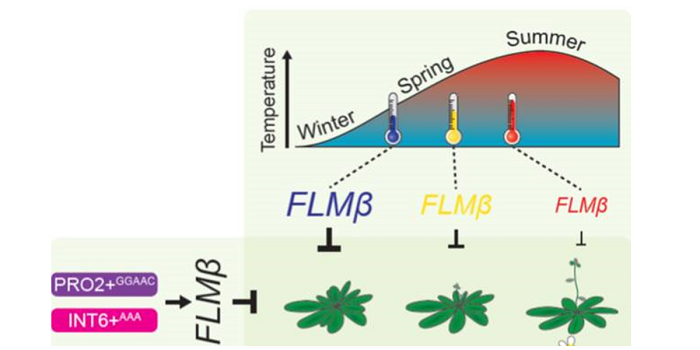
Natural haplotypes of FLM non-coding sequences fine-tune flowering time in two ambient spring temperatures in Arabidopsis
Plant Science Research Weekly, Research0 Comments
/
Delaying reproduction until conditions are favorable is a key to success. FLOWERING LOCUS C is a well-known regulator of flowering that delays flowering until after winter vernalization. In the spring, FLOWERING LOCUS M (FLM) fine-tunes flowering time in response to ambient temperatures between 5ºC…
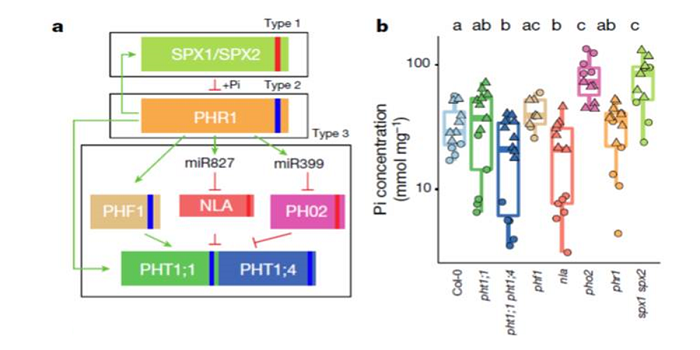
Root microbiota drive direct integration of phosphate stress and immunity
Plant Science Research Weekly, ResearchMany of the genes involved in the phosphate-stress response (PSR) have been identified from plants growing on sterile medium. Castrillo et al. examined how the root microbiota affectthe phosphate stress response, and how phosphate affects the association between roots and microbes. Plants deficient…

Dual role of the histone variant H2A.Z in regulation of stress-response genes
Plant Science Research Weekly, ResearchHistones are protein complexes around which genomic DNA is wrapped; post-translational modifications to histone proteins and alterations of histone protein composition affect transcription. H2A.Z is a widely conserved variant form of histone H2A that has been implicated in various forms of transcriptional…

Review: Progeny responses to maternal vs progeny environmental cues
Plant Science Research Weekly, ResearchThe range of responses an individual could display is a contribution of the inheritance of gene variants that determine such responses and the environments experienced by the individual itself and prior generations (nongenetic inheritance). In this review, we discuss recent empirical data to help us…

Toward Designing Tulips for a Warmer World
Blog, Plant Physiology, Plant Physiology: On The Inside, ResearchMost cultivated tulips (Tulipa gesneriana) are produced in The Netherlands, which has a temperate climate resembling the Central Asian climate in which they originated. The growth cycle of cultivated tulips starts in autumn, when the bulbs are planted in the field. At that time, all organs, including…
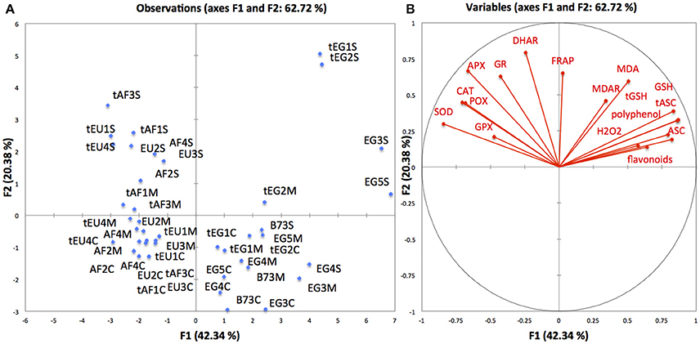
High levels of antioxidants correlate with leaf growth in drought tolerant maize
Plant Science Research Weekly, ResearchDrought tolerance is a complex trait, and Avramova et al. show that there is more than one way to be drought tolerant. Specifically, they investigate the role of antioxidants in supporting leaf growth in several varieties of drought tolerant maize. As compared to the tolerant lines, drought sensitive…
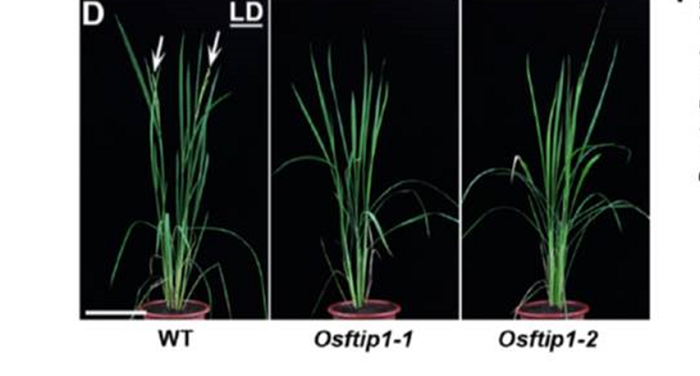
OsFTIP1 is required for transport of rice flowering signal (florigen)
Plant Science Research Weekly, ResearchFlowering at the right time of year is crucial for plant reproductive success, so in many plants the transition to reproductive growth is sensitive to daylength. In recent years, the daylength-responsive signal that moves from leaves to the shoot apical meristem, florigen (encoded by FLOWERING LOCUS…

Trees' ability to store carbon in doubt after groundbreaking Australian study
Blog, Research, Research BlogThe ability of trees to offset carbon emissions has been questioned after a Western Sydney University study found common Australian trees are unable to store as much carbon as previously thought.
Published in the Nature Climate Change journal, the research found that Australia's iconic Eucalyptus…
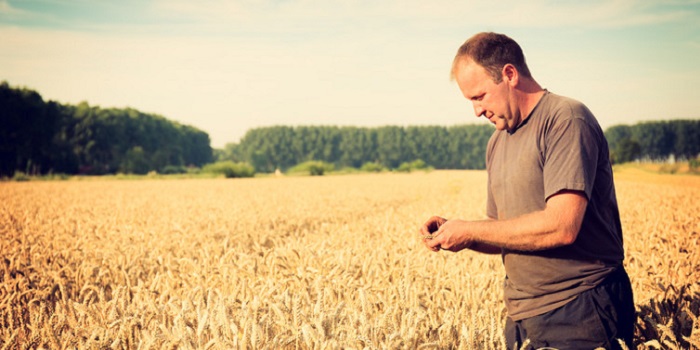
As global food demand rises, climate change is hitting our staple crops (The Conversation)
Blog, Research, Research Blog
Farmers face falling crop yields and growing food demand.
ShutterstockAndrew Borrell, The University of Queensland
Climate change and extreme weather events are already impacting our food, from meat and vegetables, right through to wine. In our series on the Climate and Food, we’re looking at…

